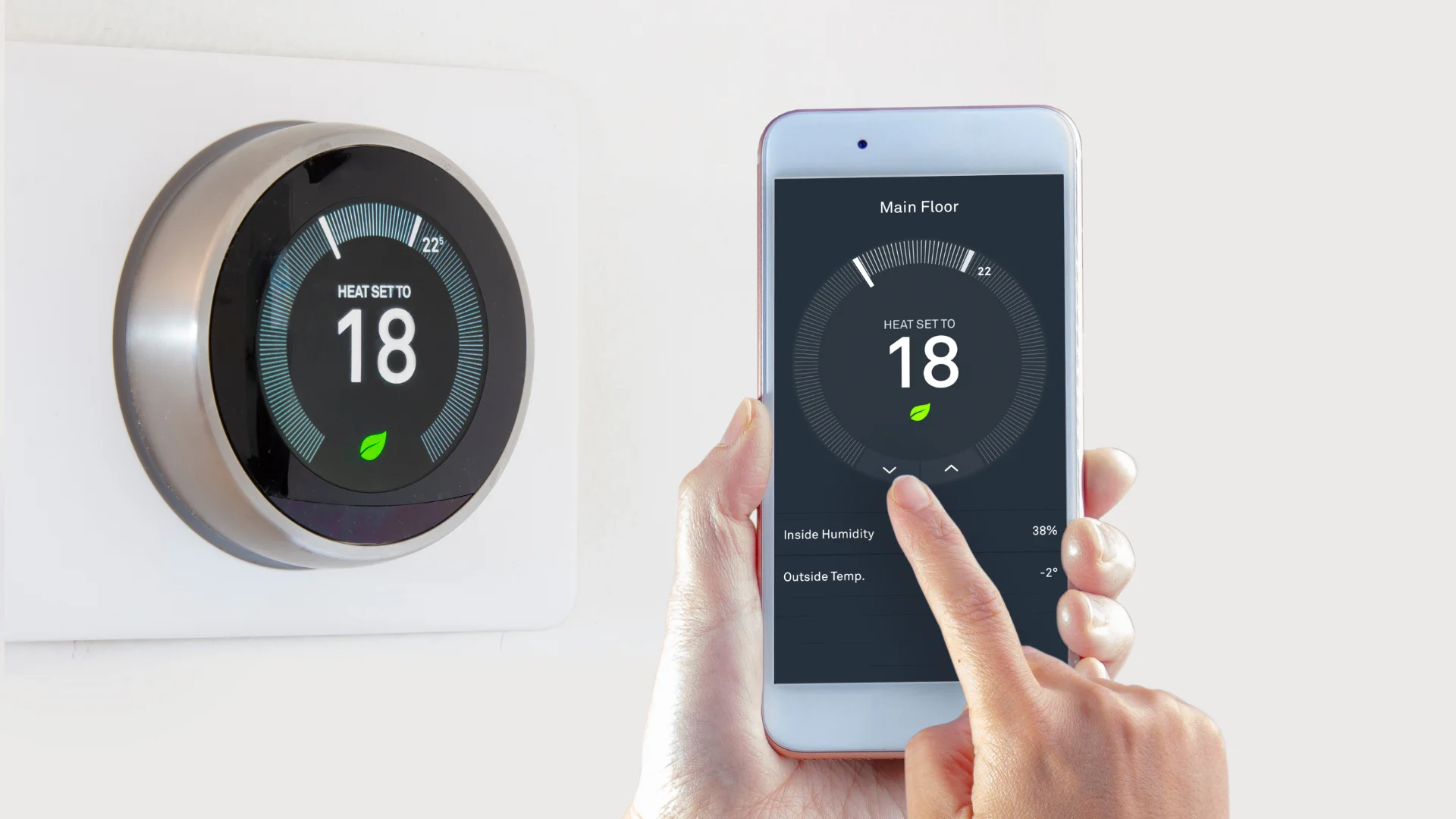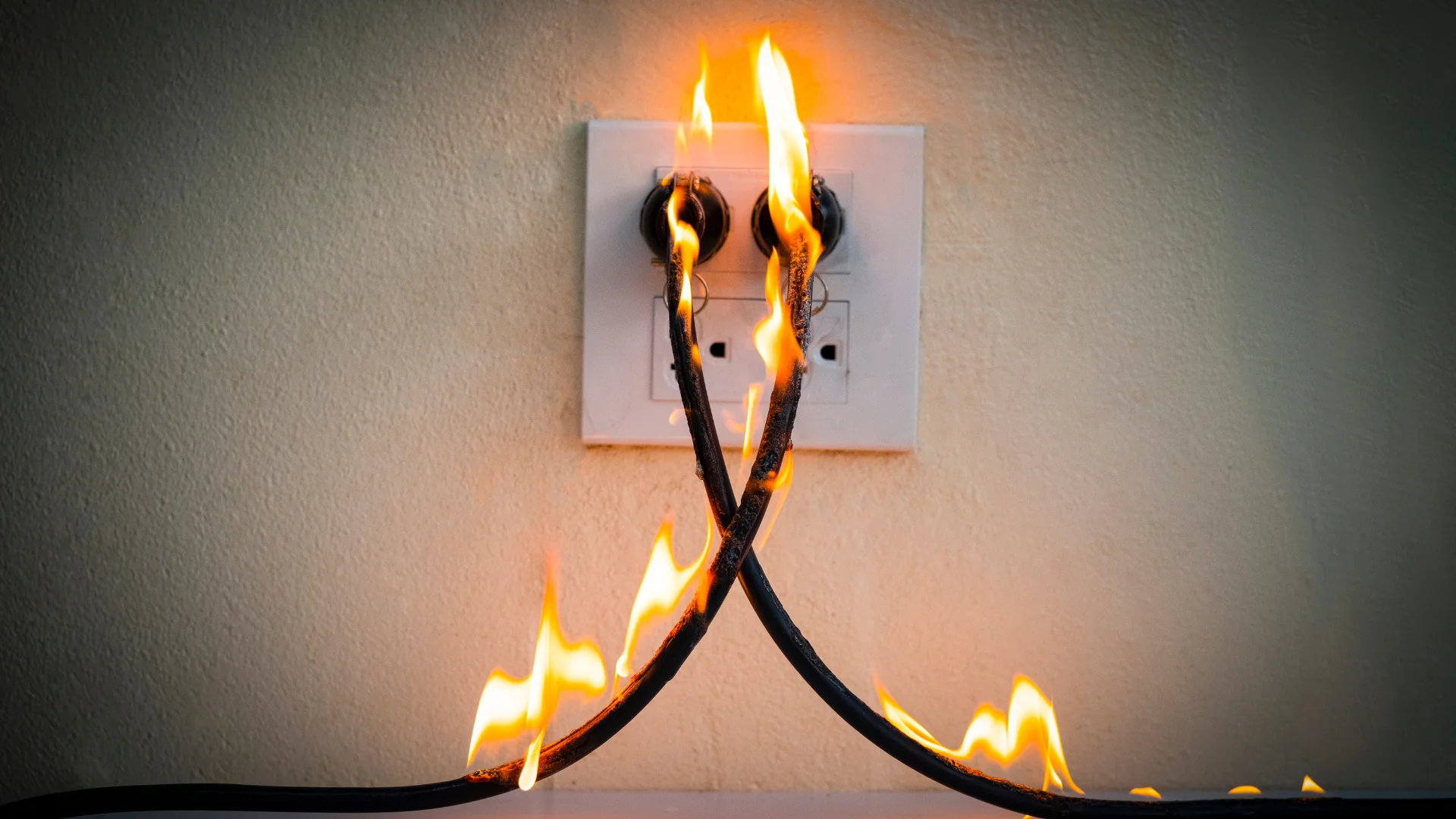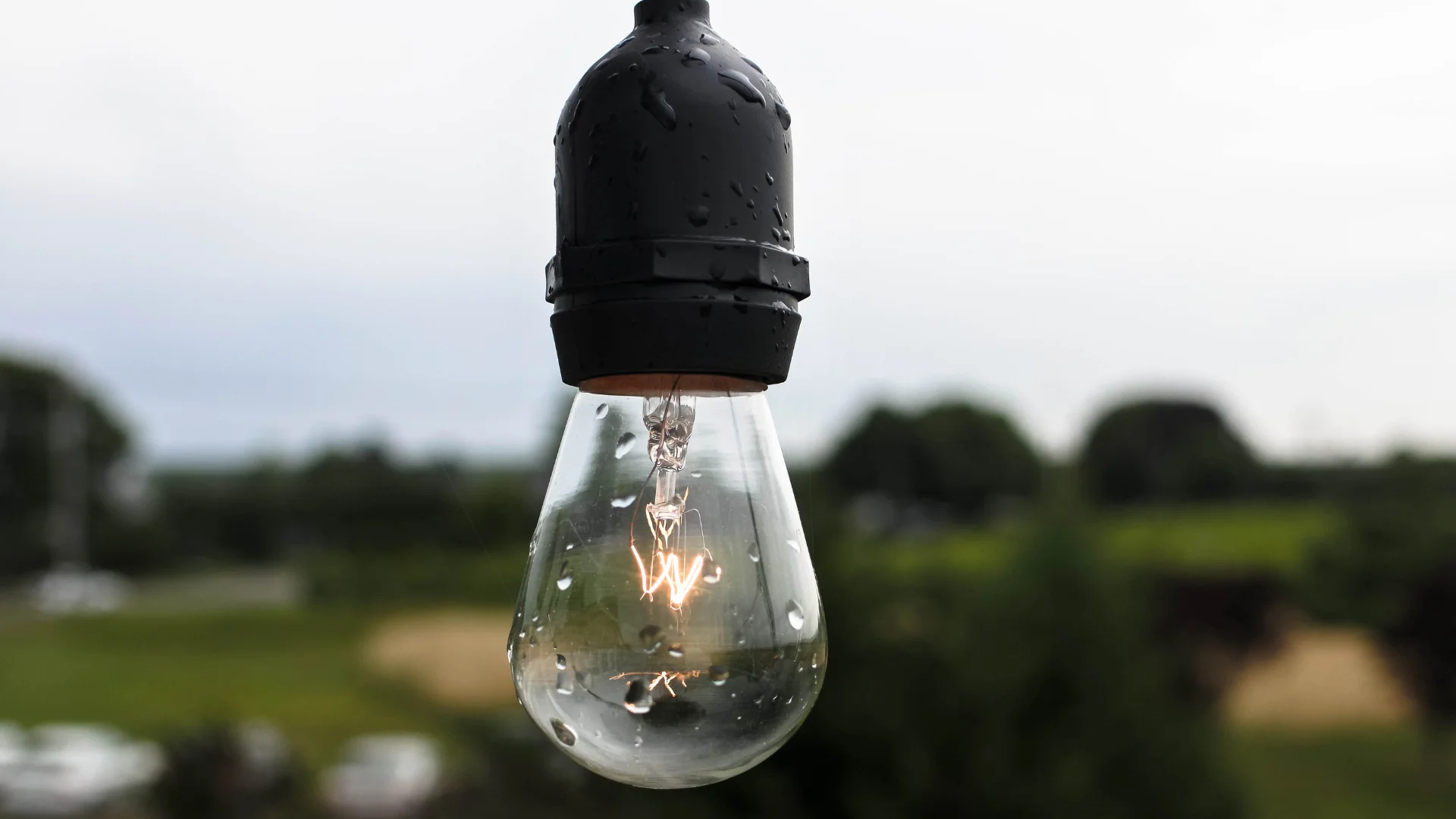Embarking on electrical improvements in your home requires not only knowledge and skill but also the right tools, materials, and innovative products. This guide provides an overview of essential tools and materials for DIY electrical projects, as well as popular smart home devices and other electrical improvements that can enhance your home.
Essential Tools for Electrical Projects
1. Wire Strippers
- Function: Used to remove the insulation from electrical wires.
- Popular Options: Klein Tools Wire Stripper and Cutter, IRWIN VISE-GRIP Wire Stripper.
- Cost: Approximately $10-$20.
2. Pliers
- Function: Essential for gripping, twisting, bending, and cutting wires.
- Popular Options: Channellock 9.5-Inch Tongue and Groove Plier, Klein Tools Lineman’s Pliers.
- Cost: Approximately $15-$25.
3. Voltage Tester
- Function: Used to check the presence of voltage in electrical circuits.
- Popular Options: Fluke Voltage Tester, Klein Tools Non-Contact Voltage Tester.
- Cost: Approximately $10-$30.
4. Screwdrivers
- Function: Required for installing and removing screws in outlets, switches, and fixtures.
- Popular Options: Wiha Insulated Screwdriver Set, DEWALT Screwdriver Set.
- Cost: Approximately $20-$50.
5. Electrical Tape and Wire Nuts
- Function: Used for insulating wires and securing wire connections.
- Popular Options: 3M Scotch Electrical Tape, Ideal Twister Wire Connectors.
- Cost: Approximately $5-$15.
6. Fish Tape
- Function: Helps pull wires through walls, conduit, or other confined spaces.
- Popular Options: Klein Tools Fish Tape, Gardner Bender Fish Tape.
- Cost: Approximately $20-$40.
7. Conduit
- Function: Protects electrical wires and provides a safe pathway.
- Popular Options: PVC Conduit, Metal Conduit (EMT).
- Cost: Approximately $1-$5 per foot.
Materials for Electrical Projects
1. Electrical Wires
- Function: Conduct electricity from the power source to various devices.
- Types: THHN/THWN Wire, Romex Cable.
- Cost: Approximately $20-$50 per roll (varies by length and gauge).
2. Electrical Boxes
- Function: Housing for electrical connections.
- Types: Plastic Junction Boxes, Metal Junction Boxes.
- Cost: Approximately $1-$5 each.
3. Wire Connectors
- Function: Securely join electrical wires.
- Types: Wire Nuts, Push-In Connectors.
- Cost: Approximately $5-$10 per pack.
Smart Home Devices and Electrical Improvements
1. Smart Light Bulbs
- Function: Allow control over lighting via smartphone or voice commands.
- Popular Options: Philips Hue, LIFX Smart Bulbs.
- Features: Color-changing, dimming, scheduling.
- Cost: Approximately $15-$50 per bulb.
- Benefits: Energy efficiency, convenience, customizable ambiance.
2. Smart Home Hubs
- Function: Centralize control of various smart devices.
- Popular Options: Amazon Echo, Google Nest Hub.
- Features: Voice control, integration with other smart devices.
- Cost: Approximately $50-$100.
- Benefits: Simplifies management of smart devices, enhances home automation.
3. Smart Outlets
- Function: Enable remote control of plugged-in devices.
- Popular Options: TP-Link Kasa Smart Plug, Wemo Mini Smart Plug.
- Features: Scheduling, voice control, energy monitoring.
- Cost: Approximately $15-$30 each.
- Benefits: Convenience, energy savings, improved security.
4. Smart Thermostats
- Function: Optimize heating and cooling for energy efficiency.
- Popular Options: Nest Learning Thermostat, Ecobee SmartThermostat.
- Features: Learning capabilities, remote control, energy reports.
- Cost: Approximately $150-$250.
- Benefits: Reduced energy bills, enhanced comfort, remote access.
5. Multi-Colored Light Bulbs
- Function: Provide customizable lighting options with a spectrum of colors.
- Popular Options: Philips Hue Color Ambiance, LIFX Color Bulbs.
- Features: App control, voice control, syncing with music or movies.
- Cost: Approximately $20-$50 per bulb.
- Benefits: Mood setting, decorative lighting, energy efficiency.
Safety Tips for DIY Electrical Projects
- Turn Off Power: Always shut off the power at the circuit breaker before starting any electrical work.
- Use Proper Tools: Only use tools designed for electrical work and ensure they are in good condition.
- Verify No Current: Use a voltage tester to confirm there is no electricity flowing through the wires.
- Follow Codes: Adhere to local electrical codes and obtain necessary permits for significant projects.
- Wear Protective Gear: Use insulated gloves, safety goggles, and rubber-soled shoes.
- Avoid Overloading: Ensure circuits are not overloaded by calculating the load before adding new devices.
- Consult Professionals: For complex or risky tasks, hire a certified electrician.
Conclusion
Equipped with the right tools, materials, and innovative smart home devices, you can undertake various DIY electrical projects to enhance the functionality and aesthetics of your home. Always prioritize safety and compliance with local regulations to ensure successful and safe electrical improvements.







